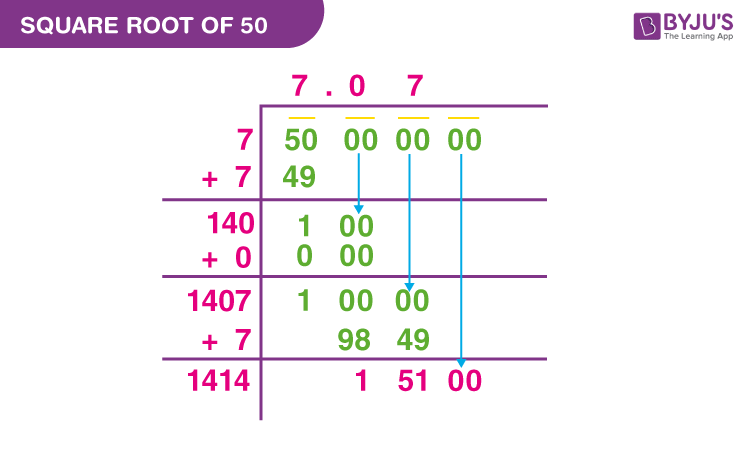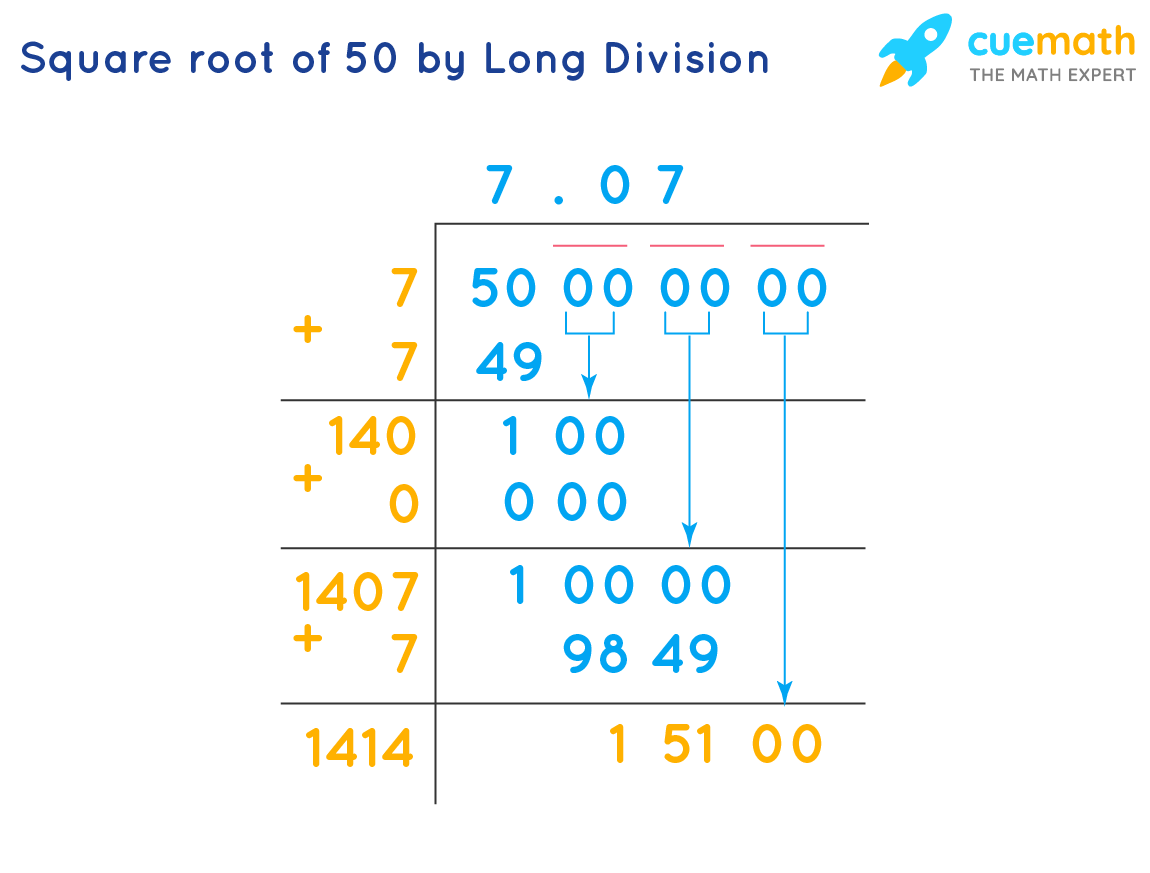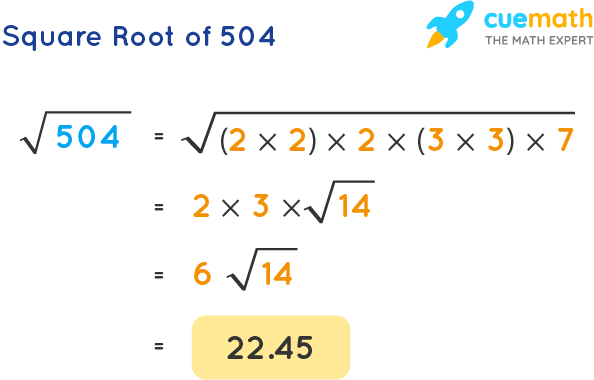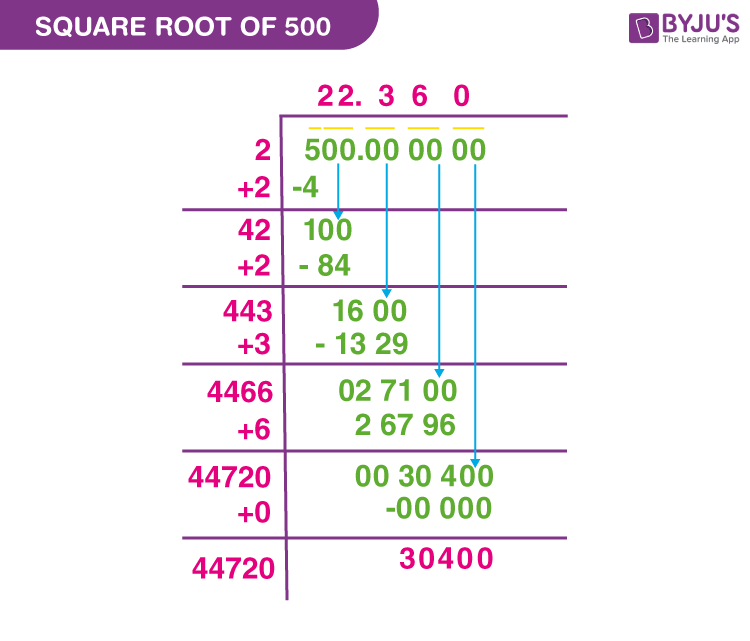Topic is the square root of 5 rational: Is the square root of 5 rational? Discover the truth about this intriguing mathematical question and delve into the fascinating world of rational and irrational numbers. Learn why the square root of 5 holds a unique place in mathematics and understand the proof that unveils its true nature.
Table of Content
- Is the Square Root of 5 Rational?
- Introduction to Rational and Irrational Numbers
- Definition of Irrational Numbers
- Understanding Square Roots
- Proof by Contradiction: Square Root of 5
- Historical Context of Irrational Numbers
- Mathematical Implications of Irrational Numbers
- Applications of Irrational Numbers
- YOUTUBE: Xem video này để tìm hiểu bằng chứng về việc căn bậc hai của số nguyên tố là một số vô tỉ.
Is the Square Root of 5 Rational?
The square root of 5 is an interesting number in mathematics. To determine whether it is rational or not, we need to understand the definition of rational numbers.
Definition of Rational Numbers
A rational number is any number that can be expressed as the quotient or fraction of two integers, where the numerator is an integer and the denominator is a non-zero integer. For example, \( \frac{1}{2} \), \( \frac{3}{4} \), and \( 5 \) are all rational numbers.
Proof that the Square Root of 5 is Irrational
To prove that the square root of 5 is irrational, we can use a proof by contradiction:
- Assume that \( \sqrt{5} \) is rational.
- This means that \( \sqrt{5} \) can be expressed as \( \frac{a}{b} \), where \( a \) and \( b \) are coprime integers (i.e., their greatest common divisor is 1) and \( b \neq 0 \).
- Then \( \sqrt{5} = \frac{a}{b} \), which implies \( 5 = \frac{a^2}{b^2} \).
- Multiplying both sides by \( b^2 \) gives \( 5b^2 = a^2 \).
- This equation implies that \( a^2 \) is divisible by 5, so \( a \) must also be divisible by 5 (since 5 is a prime number).
- Let \( a = 5k \) for some integer \( k \). Substituting this back into the equation gives \( 5b^2 = (5k)^2 \), which simplifies to \( 5b^2 = 25k^2 \) or \( b^2 = 5k^2 \).
- This implies that \( b^2 \) is divisible by 5, so \( b \) must also be divisible by 5.
- This contradicts our initial assumption that \( a \) and \( b \) are coprime.
Since our assumption that \( \sqrt{5} \) is rational leads to a contradiction, we conclude that \( \sqrt{5} \) is irrational.
Conclusion
In conclusion, the square root of 5 cannot be expressed as a fraction of two integers, and therefore, it is an irrational number. This proof by contradiction shows that while rational numbers can be expressed as fractions, not all square roots of integers are rational.

READ MORE:
Introduction to Rational and Irrational Numbers
In mathematics, numbers are classified into various categories based on their properties. Among these, rational and irrational numbers play a fundamental role in understanding the number system.
Rational Numbers are numbers that can be expressed as the quotient of two integers, where the numerator is an integer and the denominator is a non-zero integer. In other words, a rational number is any number that can be written in the form \( \frac{a}{b} \), where \( a \) and \( b \) are integers and \( b \neq 0 \). Some common examples of rational numbers include:
- \( \frac{1}{2} \)
- \( \frac{3}{4} \)
- \( 5 \)
- \( -2 \)
Irrational Numbers are numbers that cannot be expressed as a simple fraction of two integers. These numbers have non-repeating, non-terminating decimal expansions. Examples of irrational numbers include:
- \( \pi \) (Pi)
- \( e \) (Euler's number)
- \( \sqrt{2} \) (the square root of 2)
The distinction between rational and irrational numbers is crucial because it helps us understand the nature of different types of numbers and their behaviors. Rational numbers can be easily represented as fractions, whereas irrational numbers cannot be precisely expressed as fractions, which makes them unique and interesting.
Understanding these concepts is essential for exploring more complex mathematical topics and for appreciating the richness of the number system. In the next sections, we will delve deeper into the properties and implications of these numbers, particularly focusing on the square root of 5.
Definition of Irrational Numbers
Irrational numbers are numbers that cannot be expressed as a ratio of two integers. In other words, they cannot be written in the form p/q, where p and q are integers and q is not zero. These numbers have non-terminating and non-repeating decimal expansions.
Let's break down the key characteristics of irrational numbers:
- Non-terminating: The decimal expansion goes on forever without ending.
- Non-repeating: There are no repeating patterns or sequences in the decimal expansion.
Some common examples of irrational numbers include:
- \(\sqrt{2}\)
- \(\sqrt{3}\)
- \(\pi\)
- e (the base of natural logarithms)
The square root of 5 (\(\sqrt{5}\)) is also an irrational number. This is because it cannot be simplified into a fraction of two integers. The decimal form of \(\sqrt{5}\) is approximately 2.23606797749979..., and it continues infinitely without repeating.
| Property | Rational Numbers | Irrational Numbers |
| Definition | Can be expressed as a fraction p/q | Cannot be expressed as a fraction p/q |
| Decimal Form | Terminating or repeating | Non-terminating and non-repeating |
| Examples | 1/2, 3.75, 0.333... | \(\sqrt{2}\), \(\pi\), e |
Understanding the difference between rational and irrational numbers is fundamental in mathematics, as it helps in various areas such as algebra, number theory, and real analysis.
Understanding Square Roots
In mathematics, the square root of a number \( x \), denoted as \( \sqrt{x} \), is a value that, when multiplied by itself, gives the original number \( x \). Specifically, for a positive real number \( x \), the square root \( \sqrt{x} \) is the non-negative number \( y \) such that \( y^2 = x \).
When discussing the rationality of square roots, it's crucial to understand that a rational number is one that can be expressed as a fraction \( \frac{p}{q} \), where \( p \) and \( q \) are integers and \( q \neq 0 \).
The square root of 5, \( \sqrt{5} \), has been proven to be an irrational number. This means it cannot be expressed exactly as a fraction of two integers. The proof of the irrationality of \( \sqrt{5} \) involves assuming the opposite—that \( \sqrt{5} \) is rational—and then arriving at a contradiction through logical reasoning.
Understanding irrational numbers, such as \( \sqrt{5} \), is fundamental in mathematics and has wide-ranging applications in various fields, including geometry, physics, and computer science.
Proof by Contradiction: Square Root of 5
To prove that \( \sqrt{5} \) is irrational, we use a proof by contradiction:
- Assume \( \sqrt{5} \) is rational. Then, by definition, it can be expressed as \( \frac{p}{q} \) where \( p \) and \( q \) are integers and \( q \neq 0 \).
- Without loss of generality, we can assume \( \frac{p}{q} \) is in its simplest form (i.e., gcd(\( p, q \)) = 1).
- Squaring both sides of the equation \( \sqrt{5} = \frac{p}{q} \), we get \( 5 = \frac{p^2}{q^2} \).
- Multiplying both sides by \( q^2 \), we obtain \( 5q^2 = p^2 \).
- From this equation, we deduce that \( p^2 \) is divisible by 5, which implies \( p \) itself must be divisible by 5 (since 5 is a prime number).
- Let \( p = 5k \) for some integer \( k \).
- Substituting \( p = 5k \) into \( 5q^2 = p^2 \), we get \( 5q^2 = (5k)^2 = 25k^2 \).
- Dividing both sides by 5, we obtain \( q^2 = 5k^2 \).
- This implies \( q^2 \) is also divisible by 5, hence \( q \) itself must be divisible by 5.
- However, if both \( p \) and \( q \) are divisible by 5, they share a common factor greater than 1, contradicting our assumption that \( \frac{p}{q} \) is in its simplest form (gcd(\( p, q \)) = 1).
Therefore, our initial assumption that \( \sqrt{5} \) is rational leads to a contradiction. Hence, \( \sqrt{5} \) must be irrational.
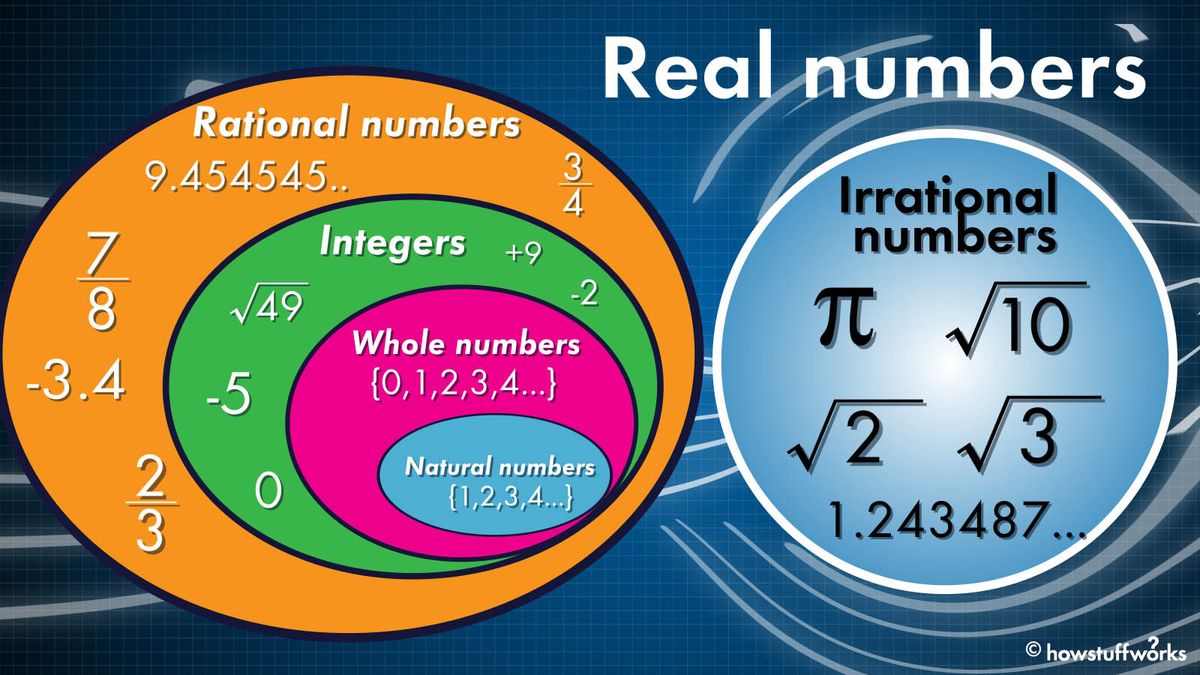
Historical Context of Irrational Numbers
Irrational numbers, such as \( \sqrt{5} \), have played a significant role in the development of mathematics throughout history:
- Ancient civilizations, such as the Babylonians and Egyptians, were aware of the existence of irrational numbers, though their precise understanding was limited.
- The ancient Greek mathematicians, particularly Pythagoras and his followers, encountered the concept of irrationality through geometric problems involving the sides of right triangles.
- The discovery that the diagonal of a square with side length 1 is irrational (specifically \( \sqrt{2} \)) was a profound realization that challenged the Pythagorean belief in the exclusivity of rational numbers.
- Archimedes contributed to the understanding of approximating irrational numbers through methods like the Method of Exhaustion.
- The existence of irrational numbers fundamentally altered mathematical thought, marking a transition from the geometric to the algebraic approach in ancient Greek mathematics.
- In the Renaissance and later periods, the development of calculus and analysis further deepened the understanding and application of irrational numbers in both theoretical and practical contexts.
- Today, irrational numbers are indispensable in fields such as number theory, geometry, physics, and computer science, demonstrating their enduring importance in mathematical research and education.
Mathematical Implications of Irrational Numbers
Irrational numbers, such as \( \sqrt{5} \), have profound implications across various branches of mathematics:
- Number Theory: They provide examples of numbers that cannot be expressed as fractions and lead to investigations into their properties, such as transcendence.
- Geometry: Irrational numbers appear in geometric constructions and measurements, challenging the idea that all lengths can be expressed rationally.
- Analysis: They play a crucial role in the development of calculus and real analysis, where concepts like limits, continuity, and differentiation rely on the existence and properties of irrational numbers.
- Algebra: They are used in polynomial equations and fields of algebraic numbers, influencing solutions and interpretations of equations.
- Computational Mathematics: The representation and approximation of irrational numbers are essential in numerical methods and computer algorithms, impacting fields from cryptography to scientific computing.
- Philosophy of Mathematics: Irrational numbers provoke philosophical discussions about the nature of mathematical objects, infinity, and the limits of human understanding.
Applications of Irrational Numbers
Irrational numbers, such as \( \sqrt{5} \), find practical applications in various fields:
- Geometry: They are used in calculations involving shapes, volumes, and areas where precise measurements are required.
- Physics: Concepts like wave frequencies, resonance, and physical constants often involve irrational numbers, influencing calculations and theoretical models.
- Engineering: Irrational numbers appear in structural analysis, signal processing, and design optimizations where accurate mathematical modeling is essential.
- Finance: In financial modeling and risk analysis, irrational numbers are used to calculate complex formulas and probabilities.
- Computer Science: Algorithms for computations involving irrational numbers are crucial in areas such as cryptography, numerical methods, and artificial intelligence.
- Art and Architecture: Irrational numbers inspire artistic designs and architectural constructions that incorporate precise geometric patterns and proportions.
- Philosophy: Their role in mathematics raises philosophical questions about the nature of mathematical truth, infinity, and the limits of human comprehension.
Xem video này để tìm hiểu bằng chứng về việc căn bậc hai của số nguyên tố là một số vô tỉ.
Bằng Chứng Rằng Căn Bậc Hai Của Số Nguyên Tố Là Số Vô Tính | Đại Số I | Khan Academy
READ MORE:
Xem video này để tìm hiểu về giải thích đơn giản về căn bậc hai của số 5.
Giải Thích Đơn Giản Về Căn Bậc Hai Của Số 5


